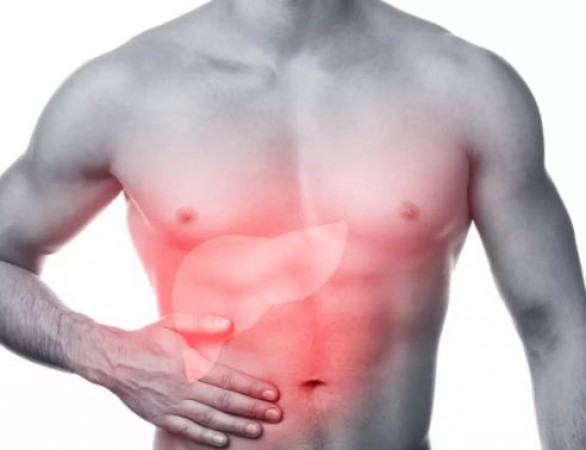
Fatty liver disease, a condition characterized by the accumulation of fat in liver cells, can have far-reaching consequences on the human body. In this article, we will explore the various changes that occur in the body as a result of fatty liver disease, shedding light on its health implications and potential complications.
Fatty liver disease, medically known as hepatic steatosis, can be categorized into two main types: non-alcoholic fatty liver disease (NAFLD) and alcoholic fatty liver disease (AFLD). Both types share similar consequences on the body, and their prevalence is on the rise.
One of the unique aspects of fatty liver disease is that it often develops silently, with individuals unaware of its presence. It typically progresses through several stages, each with distinct impacts on the body.
At the onset of fatty liver disease, steatosis, the liver accumulates excess fat. This stage is often benign and may not cause noticeable symptoms. However, it sets the stage for more severe consequences.
As fatty liver disease advances, inflammation and fibrosis can occur. This is a critical turning point as it can lead to more severe conditions, including non-alcoholic steatohepatitis (NASH).
NASH is a more aggressive form of fatty liver disease, characterized by liver inflammation and potential scarring (fibrosis). It can significantly impact the body's health.
Fatty liver disease triggers various changes in the body as it progresses. These changes are not confined to the liver alone; they have systemic effects.
Fatty liver disease is closely linked to insulin resistance, a condition where the body's cells do not respond effectively to insulin. This can lead to type 2 diabetes.
Fatty liver disease often goes hand in hand with metabolic syndrome. This cluster of conditions includes obesity, high blood pressure, and abnormal cholesterol levels.
The presence of fatty liver can increase the risk of cardiovascular diseases. It can lead to atherosclerosis, a condition where arteries become narrow and rigid.
As fatty liver progresses, the liver's ability to perform vital functions is compromised. It may struggle to detoxify the body, produce vital proteins, and store glycogen.
In severe cases, fatty liver disease can progress to cirrhosis, a late stage of scarring of the liver tissue. Cirrhosis can result in liver failure, a life-threatening condition.
Fatty liver disease isn't limited to the liver – it can have extrahepatic effects, impacting various parts of the body.
Fatty liver disease can lead to kidney damage and an increased risk of chronic kidney disease.
The pancreas can be affected by fatty liver, potentially leading to complications like pancreatitis.
Living with a chronic condition like fatty liver can have psychological consequences, including stress and anxiety.
Understanding the impact of fatty liver on the body emphasizes the importance of prevention and management.
Healthy lifestyle choices, including diet and exercise, can play a crucial role in preventing and managing fatty liver disease.
In some cases, medical interventions may be necessary to manage fatty liver disease, especially in advanced stages.
Regular check-ups and monitoring of liver function are essential for individuals at risk of fatty liver disease. In conclusion, fatty liver disease is not a benign condition. It can silently progress, impacting the body in various ways. Awareness, prevention, and timely management are key in mitigating its effects and maintaining overall health.
Are You Experiencing an Increase in Thigh Fat? Try These Tricks for Relief
Are You Troubled by Joint Pain? Prepare This Recipe for Relief!
High Blood Sugar Can Rob You of Your Eyesight, Here's How to Protect It